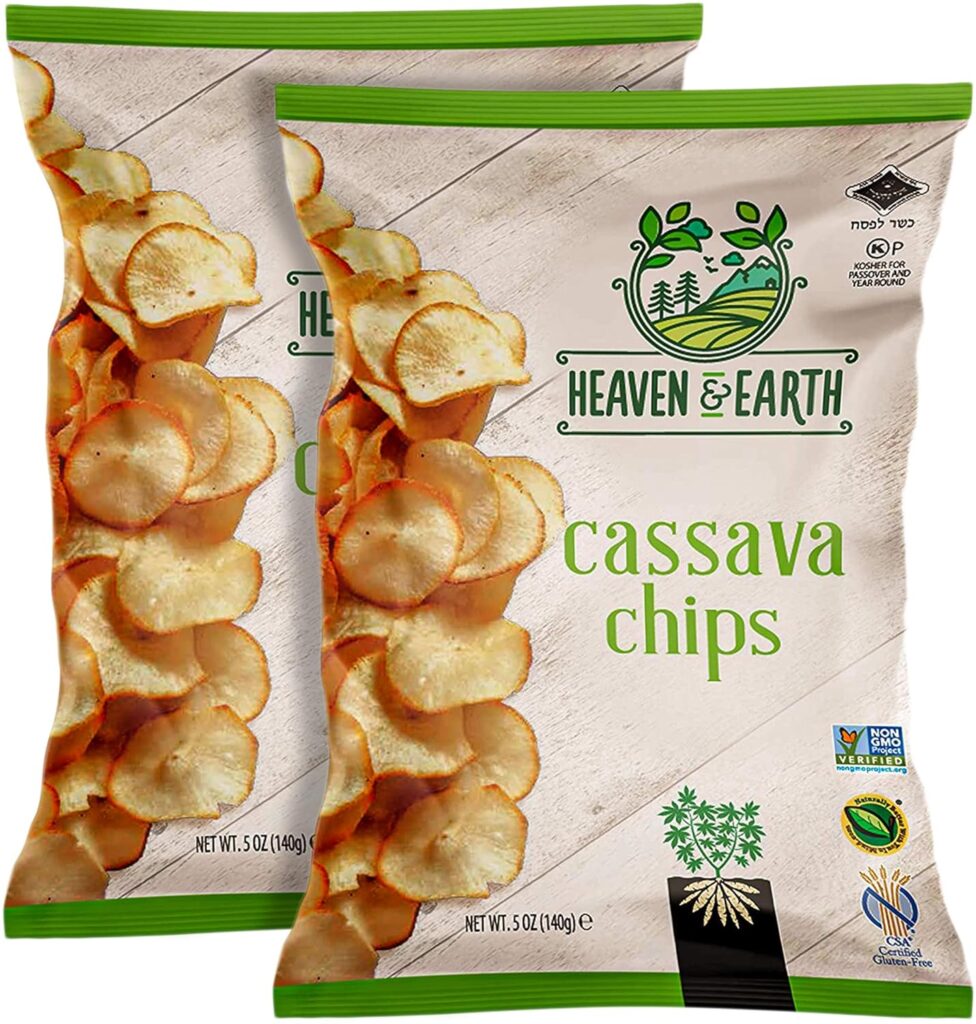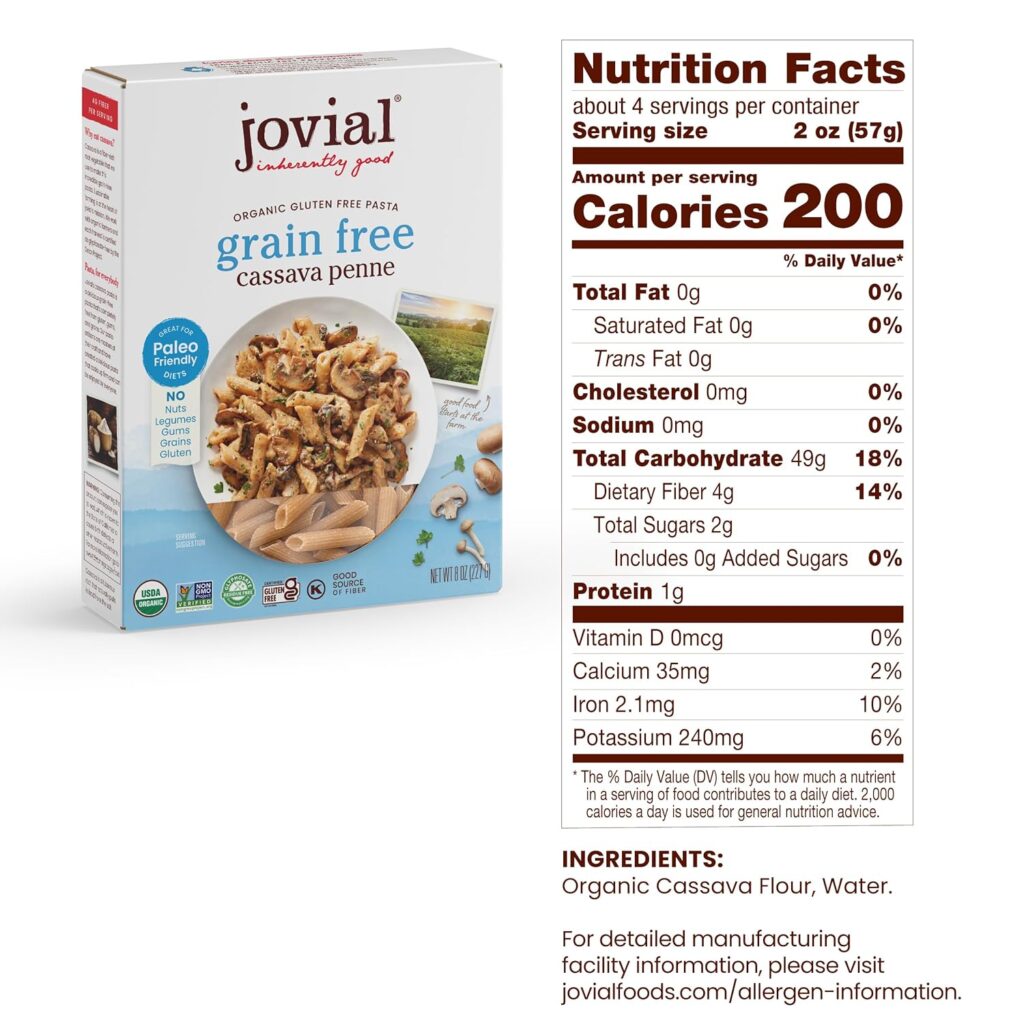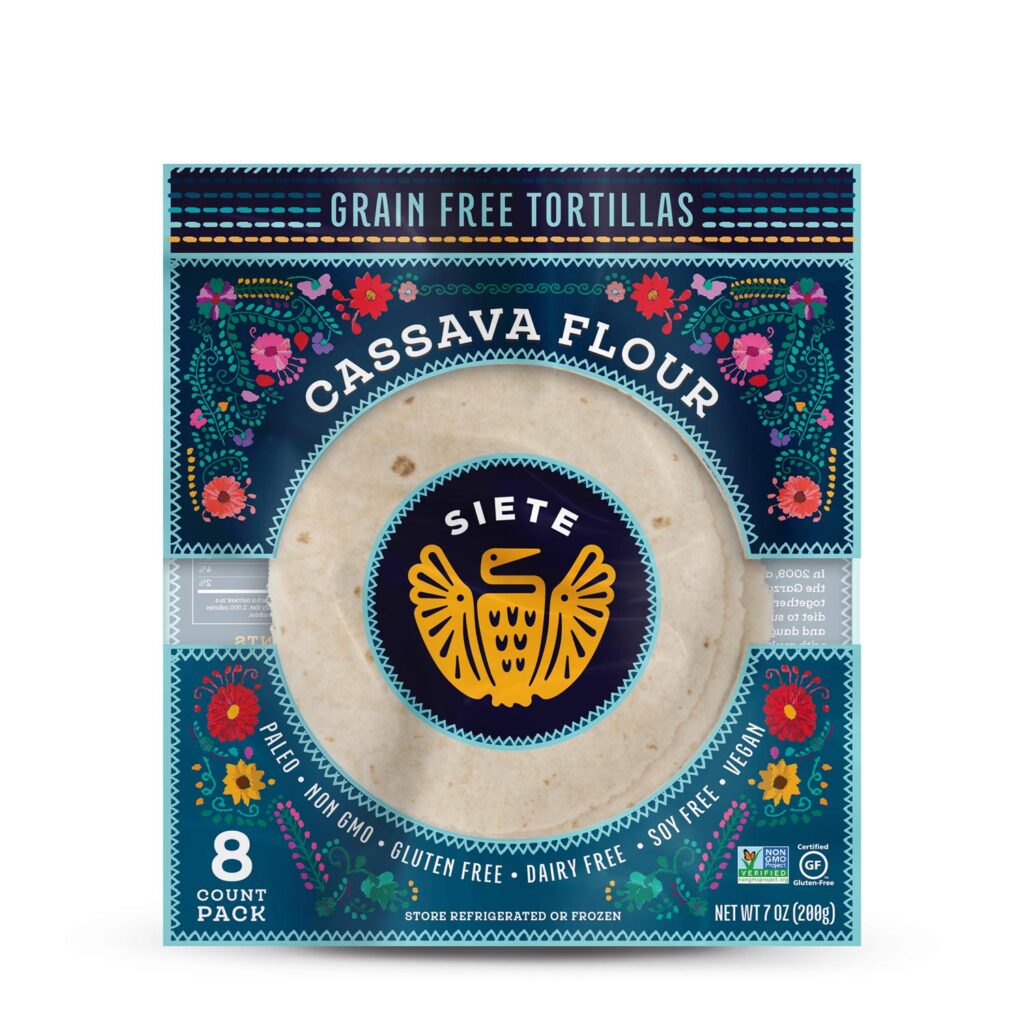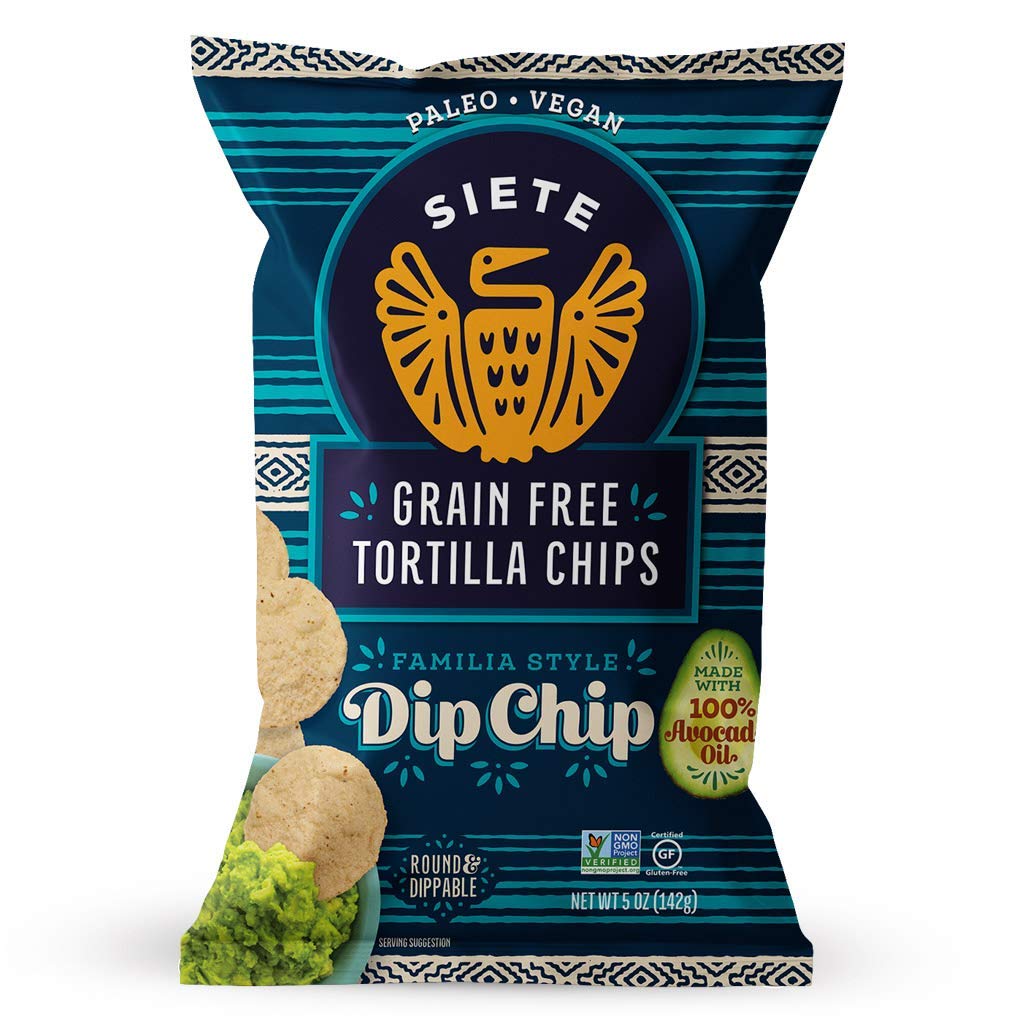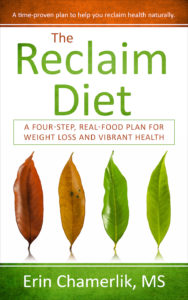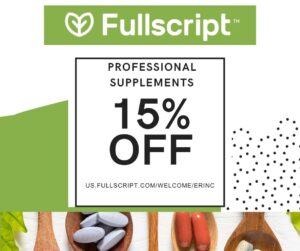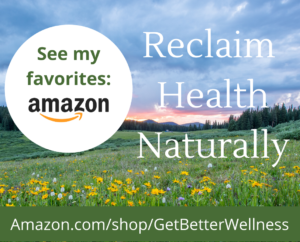
Cassava root problems
With the popularity of gluten-free and grain-free diets many people are turning to cassava-based chips, tortillas, pastas and baked goods. Cassava is touted as a replacement for wheat flour in recipes but there are problems with cassava (also called yuca) that are not being discussed.
Cassava is Very High in Carbs
Cassava is a tuberous root that is a major source of dietary energy for humans and domestic animals in many tropical countries. Africa accounts for approximately 64% of the world’s cassava production.
Cassava is very high in carbohydrates.
Comparing 100g of cassava to other starchy foods, cassava had the highest amount of carbs [source]:
- Cassava 95g
- Rice, 91g
- Plantain, 91g
- Corn, 82g
- Wheat, 82g
- Potato, 81g
- Cassava Chips: 20g carbs per ounce (who can eat just one ounce? The 5oz bag is 100g carb)
- Cassava Penne Pasta, 2 oz: 50g carbs
- Cassava Flour Tortillas, 2: 24g carbs
- Cassava Flour Tortilla Chips, 24g carbs
These foods are an examples of a high carb, ultraprocessed foods that can easily be overeaten causing a craving for more snacks and a spike in blood sugar levels.
Cassava Contains Antinutrients and Toxins
Cassava contains antinutrients and toxins and must be properly prepared before consuming as “improper preparation can leave enough residual cyanide to cause acute cyanide intoxication, goiter, ataxia, partial paralysis, or death.” [source]
Consuming as little as two cassava can contain a fatal dose of cyanide.
Cassava has cyanogenic glycosides which release cyanide. Cyanide inhibits cellular enzymes like cytochrome oxidase, which is a key enzyme in the cellular respiratory chain. Most of the cyanide can be removed by processing methods such as drying, grating, fermenting and boiling. Cyanide toxicity targets the neurological system. [source]
Two People Died After Consuming a Cassava Flour Dish
In September 2017, an outbreak of suspected cyanide poisoning, involving 98 cases with two deaths, occurred in western Uganda. Epidemiologic and laboratory investigation identified consumption of a cassava flour dish with high cyanogenic content as the cause of the outbreak. Symptoms included diarrhea, vomiting, and abdominal pains. [source]
Cassava Processing Harms Workers and the Environment [source]
- Large-scale cassava processing plant workers have been shown to have worse metabolic markers from exposure to toxins released in the processing of cassava. Liver enzymes, blood glucose and triglycerides increased in the workers. [source][source]
- Processing cassava releases hydrogen cyanide into the environment.
How is Cassava Root Made Safe for Consumption
Significant processing is needed to turn cassava root into cassava flour and then into processed food chips, pasta and tortillas. Correct preparation of cassava eliminates the toxic compound. If not prepared correctly however, remaining cyanogenic glycoside can trigger cyanide to be made in the gut. This can be a health risk for all people, especially children.
Cassava root (and tapioca) has to be cooked to remove the toxins. Where cassava is used as a staple, the native people will peel the root, boil it and pound pieces to a paste that is spread on rocks to dry, or the paste is let set for a few days so that enzymes can work on the paste.
Tapioca
Tapioca also comes from cassava. Tapioca is used as food thickener, and also made into flour to make bread and other baked goods.
Yes, Some Cassava Processed Snacks Can Have Cyanogenic Glycosides [source]
- The NWS government food authority conducted research in 2008. A survey tested 374 samples of cassava-based vegetable chips and crackers.
- It found higher than expected levels of cyanogenic glycosides in many samples.
- The 2008 survey activity led to the recommendation that people limit consumption of these products.
Improvements were made in the industry and products were retested a few years later.
The Food Authority tested another 325 samples of cassava-based chips during 2011 and 2012.
The survey found that:
- cassava chips are much safer than they were in 2008
- greater than 90% of samples were within an agreed guidance level that is considered safe (but 10% were not considered safe)
- several brands of imported products labelled as tapioca chips were found to contain high levels of cyanogenic glycosides.
Siete Brand’s Cyanide Statement
“All of our products are fully cooked and the production of cassava flour involves peeling and thorough washing of roots, and incorporates all prescribed measures required to ensure that the cyanide content is always below the 10 ppm safe-for-human–consumption threshold. As a final safety check, all production lots are tested for cyanide before any approval for delivery is given.”
Jovial Foods Cyanide Statement
“Our cassava pasta is made from organic cassava root flour that has been heat treated to negate any chance of presence of cyanogenic glycosides.”
Bottom Line
Cassava comes with a risk and higher carbs than potatoes. I do not recommend potato chips and I do not recommend cassava processed foods or cassava flour. The workers in the processing plants can be harmed and hydrogen cyanide can be released into the environment.
While there is a low risk of having cyanide poisoning from properly prepared cassava, why bother?
Cassava is another high carb starchy food being ultraprocessed into snacks, pasta and tortillas which will increase your blood sugar and introduce far too many carbs into your real food eating plan.
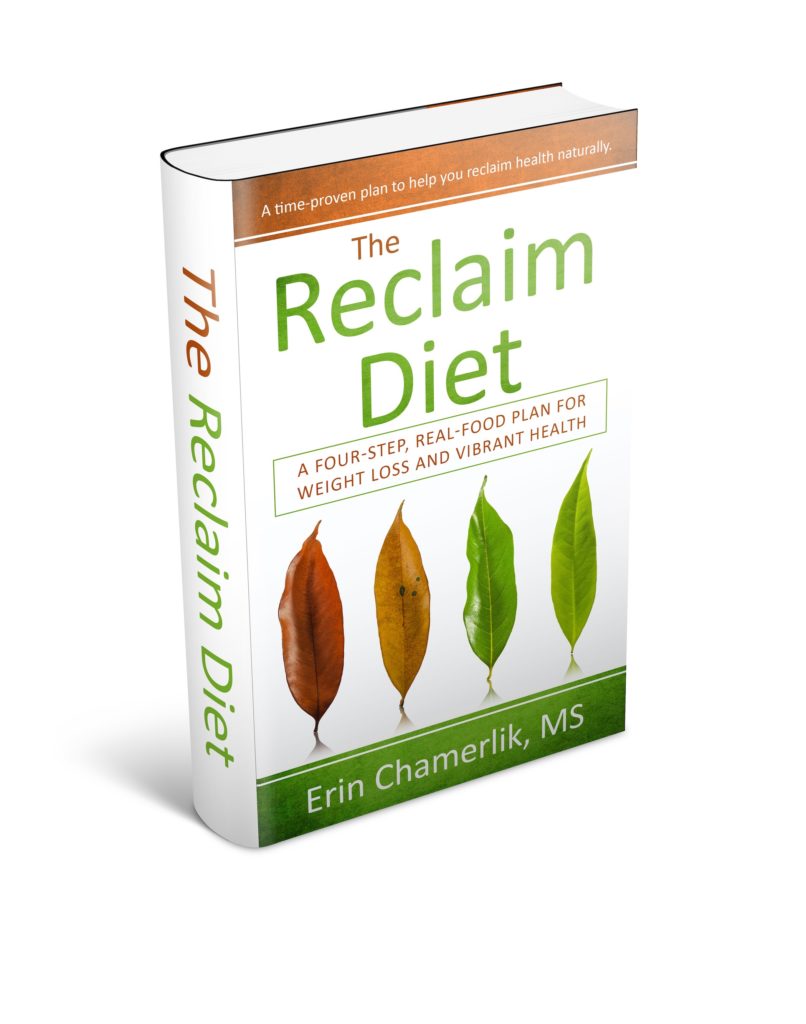
Recommended
-
Dandelion for Liver Support and Health BenefitsJuly 20th, 2024
-
Modified Citrus PectinJuly 11th, 2024
-
Bentonite Clay Mask for Face and ArmpitsJuly 8th, 2024
-
Two Supplements for Erectile DysfunctionJune 30th, 2024


